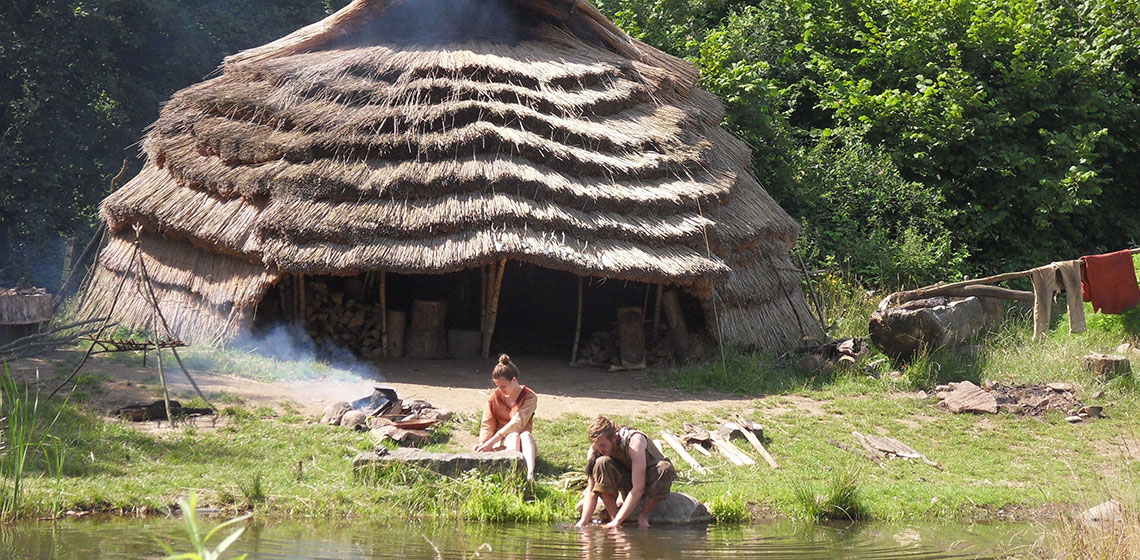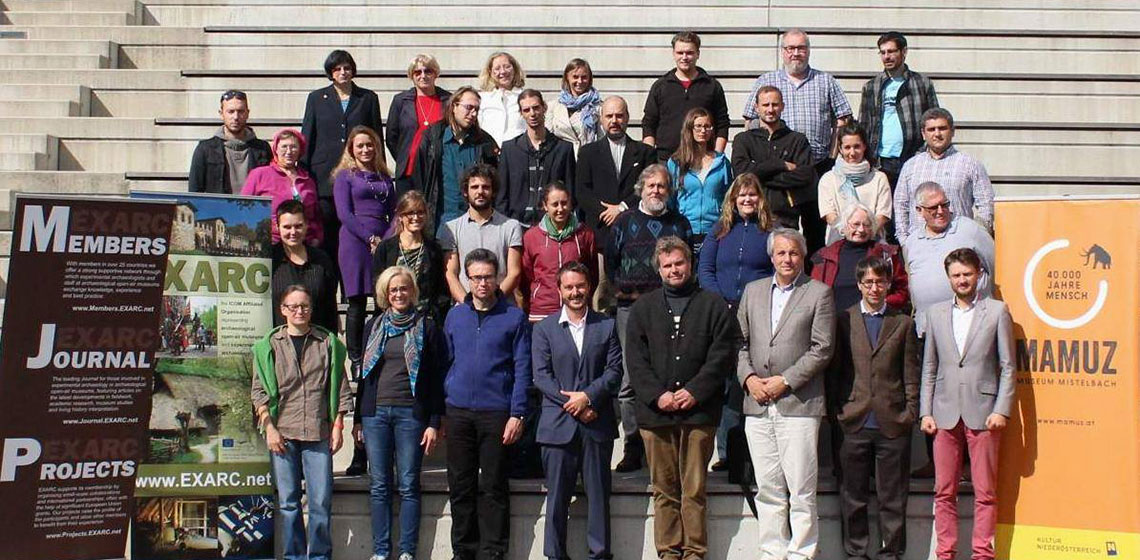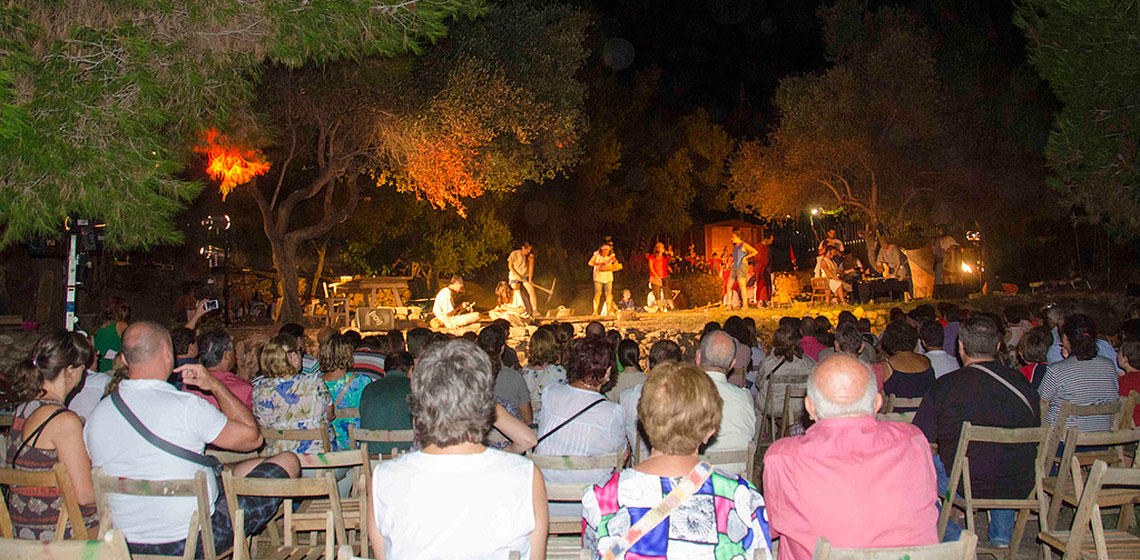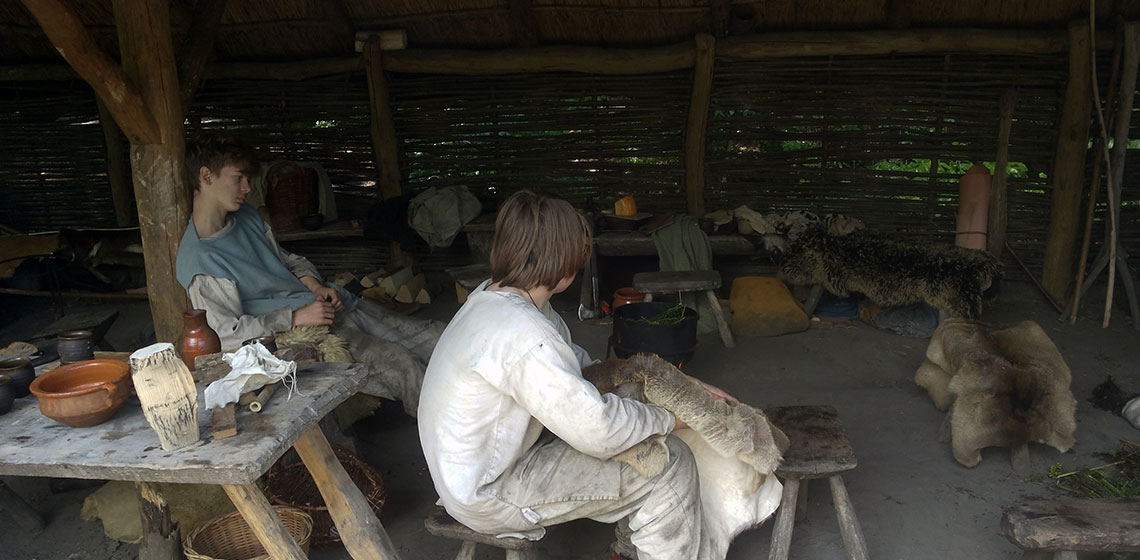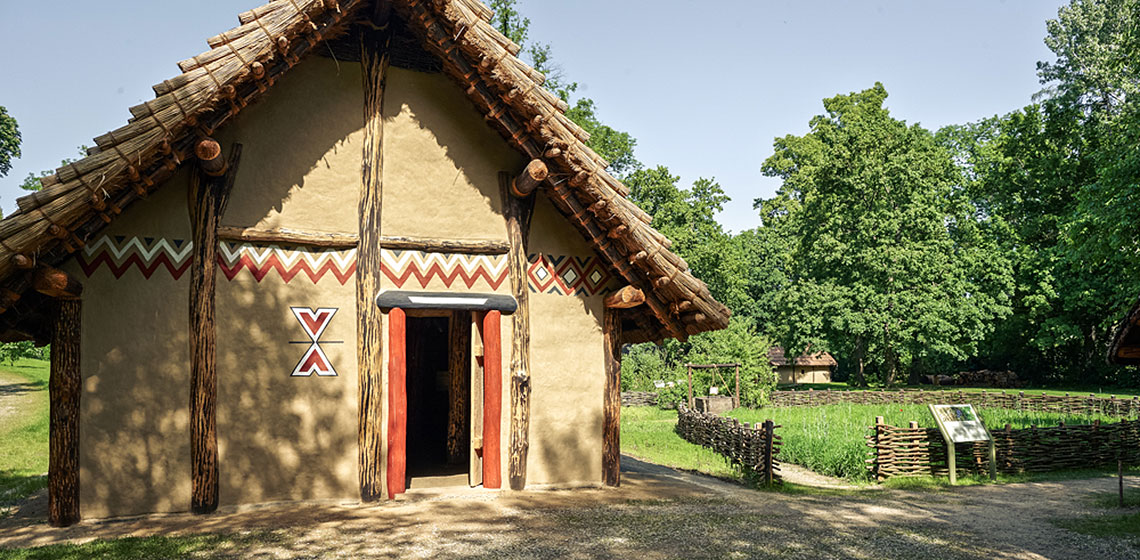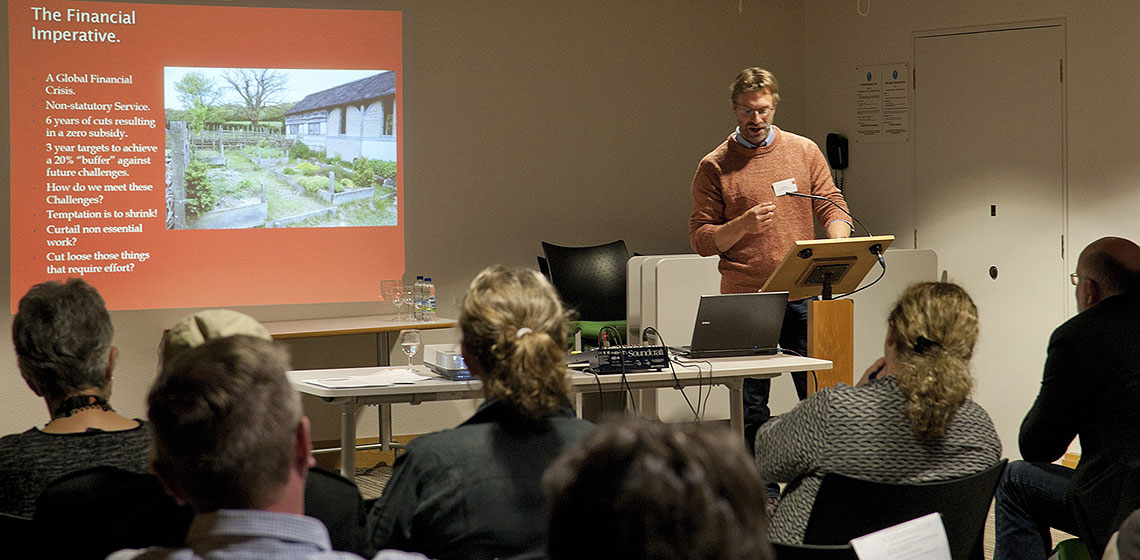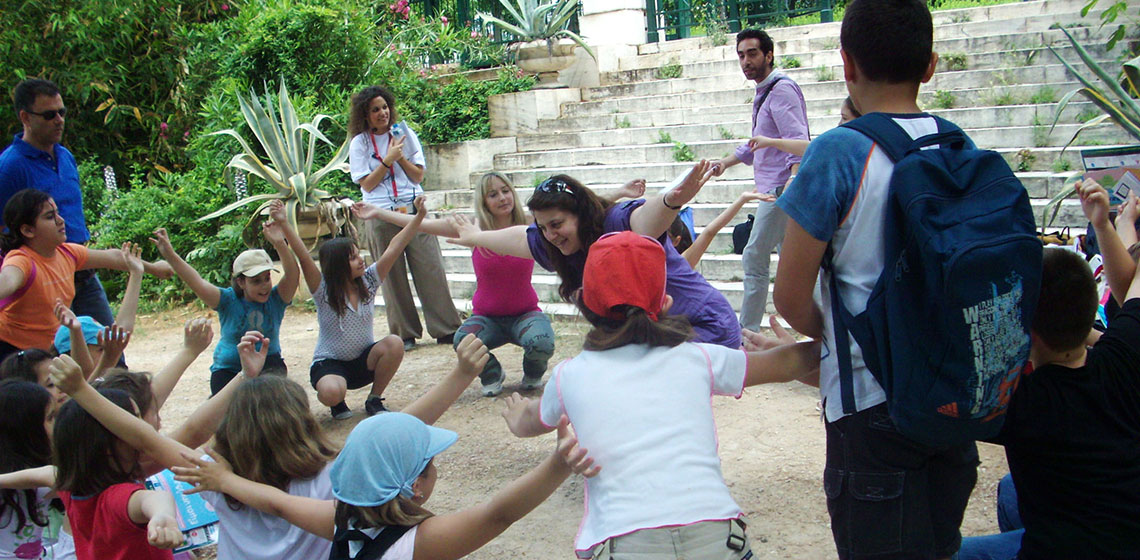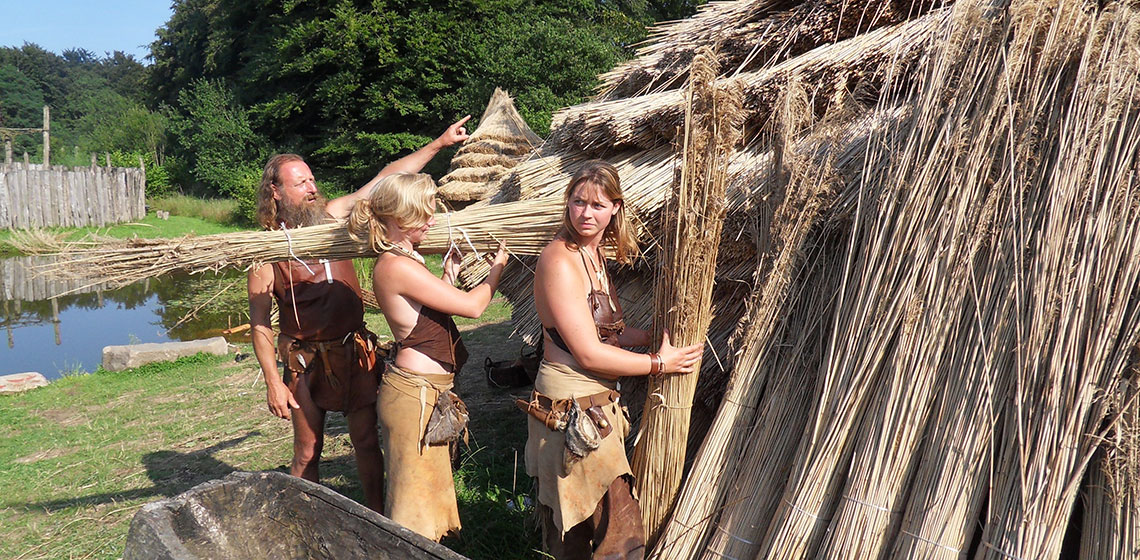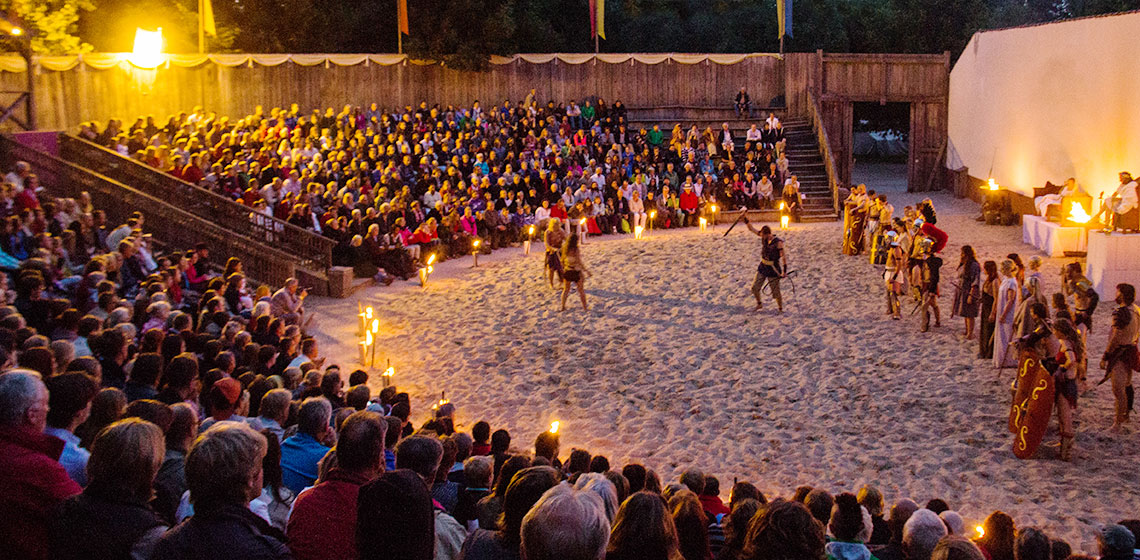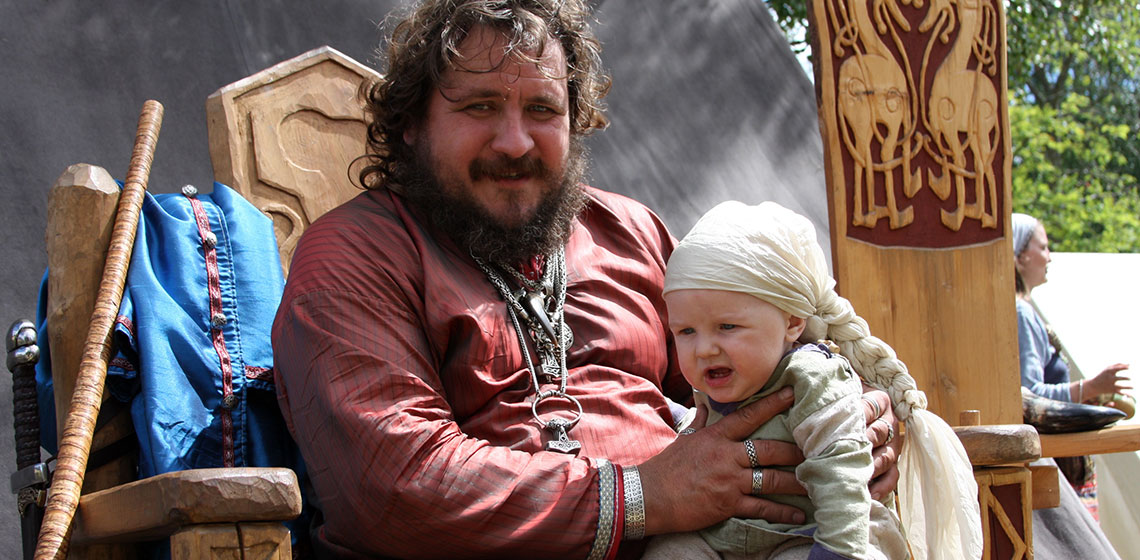archaeological open-air museum
Event Review: a “Mesolithic Living” Project
Publication Date
From the 27 July to the 6 September 2015 the Stone Age Park Dithmarschen (Archaeological-Ecological Centre Albersdorf, AÖZA) organised a Mesolithic living history experiment in its newly constructed ‘Mesolithic Settlement’ finished last year. The experiment sought to investigate, through careful reconstruction, how people may have carried out their daily lives in the Mesolithic period...
Conference Review: Archaeological Reconstructions and Tourism, Mistelbach (AT)
Publication Date
EXARC and Urgeschichtemuseum MAMUZ Schloss Asparn/Zaya joined forces to organise an international conference from the 25th to 27th of September 2015, held in Mistelbach, near Vienna focusing on Archaeological Reconstructions and Tourism...
Event Review: Terra Ibèrica Festival in Calafell: a Backward Glance Through the Years (2010-2014)
Publication Date
OpenArch Special Digest 2015 Issue 2
***Terra Ibèrica [Iberian Land], the biggest event held at La Ciutadella Ibèrica of Calafell (Tarragona, Spain), is one of the highlights in the calendar of activities of this Iron Age reconstructed archaeological site...
***Terra Ibèrica [Iberian Land], the biggest event held at La Ciutadella Ibèrica of Calafell (Tarragona, Spain), is one of the highlights in the calendar of activities of this Iron Age reconstructed archaeological site...
Summer Camp for Experimental Archaeology in the Eindhoven Museum (NL)
Publication Date
Every year the Dutch Youth Association for History (NJBG) organizes several summer camps for children and young adults. Since the Eindhoven Museum was founded in 1982 the Workgroup for Experimental Archaeology (WEA) has organised activities in the museum which are concerned with experimental archaeology.
Construction of a Neolithic Longhouse Model in the Museum of Prehistory Urgeschichtemuseum (MAMUZ)
Publication Date
The museum of prehistory Urgeschichtemuseum (MAMUZ) in Asparn an der Zaya looks back on a long tradition, starting in the late 1960s, when the province of Lower Austria’s prehistoric collection found a new home at the freshly renovated palace Schloss Asparn. While the palace was being set up as a presentation area for the collection items...
Conference Review: Managing Archaeological Open-Air Museums: Current Issues, Future Trends
Publication Date
OpenArch: In late May 2015, St Fagans National History Museum in Wales organized a three day meeting in and around Cardiff for OpenArch. This is a European Culture Project with 11 partners that work to improve archaeological open-air museums. The first day of the meeting was a conference on issues and trends in archaeological open-air museums...
Museum Theatre in Greece: Perspectives in Site Interpretation
Publication Date
The paper summarizes preliminary findings of a research project on the use of museum theatre in Greek open-air sites, as a part of a PhD thesis. The research focuses on the exploration of the development, use and function of museum theatre in Greek open-air sites based on available secondary resources and primary research, which included site visits, interviews and data analysis...
The Steinzeitpark Dithmarschen (DE): Concept and Development of a Visitor Oriented Educational Centre for Sustainable Development
Publication Date
OpenArch Special Digest 2015 Issue 2
***What does a Stone Age village or Stone Age house look like? (Almost) every person that we happen to randomly meet can answer this question with (subjectively recognized) certainty. Since the research of the 19th century, the knowledge people assume to have is based, not lastly, on images or...
***What does a Stone Age village or Stone Age house look like? (Almost) every person that we happen to randomly meet can answer this question with (subjectively recognized) certainty. Since the research of the 19th century, the knowledge people assume to have is based, not lastly, on images or...
Putting on a Show - The How and Why of Historical Shows and Theatre in a Historical Setting or Theme-park
Publication Date
As long as people have walked the earth, stories have been told; from stories around the campfire told by older people to entertain and educate the young, to 15th century knights dressing up as Romans during themed tournaments. Telling a story is putting on a little show; a show is a great way to tell a story...
Including Spartacus in Archeon by Erik Collinson
Obituary: Mats Geschwind, Founder of Storholmen Viking Village (20 May 1961 - 25 May 2014)
Publication Date
The Viking Village Storholmen is an archaeological open-air museum, beautifully situated near Lake Erken, ten kilometres north of the coastal town of Norrtälje, Roslagen, Sweden. The Viking Village is situated in an exciting and historically important region that shows traces of substantial connections throughout the Baltic Sea and further east...

